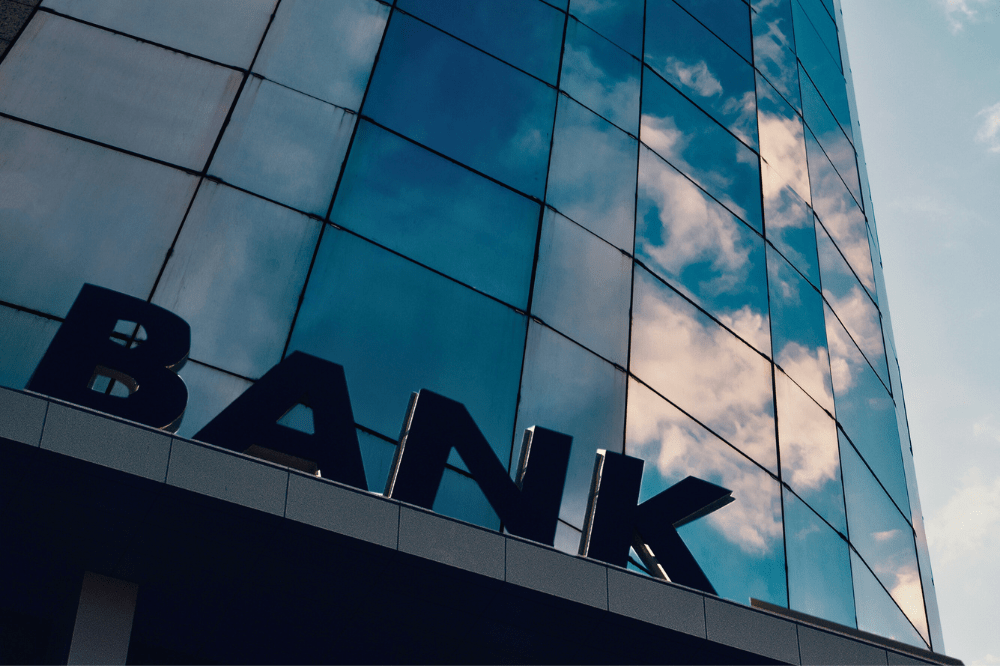Find out what a public bank is, its differences, and its advantages and disadvantages!
The majority of banks out there are private institutions. They operate for profit, offering financial services like loans, accounts, and money transfers while striving to maximize shareholder returns. But did you know that there’s another type of bank? It is a public bank, and as the name suggests, it is owned and operated by a government entity, such as a state or city. These banks prioritize public good over private profit, aiming to serve the financial needs of the communities they exist in.
Interest in public banks has grown in recent years, particularly following economic crises. So, let’s talk about them, what they are, explore their characteristics, and potential advantages and disadvantages. Also, if you want to check out more financial tips on our website, you can click on this link!
What Is a Public Bank?
The key distinction between a public bank and a private one lies in ownership. A public bank is under the government control, with elected officials or appointed representatives having a say in its operations. This government oversight allows these banks to be guided by public interest and needsneeds, of the region or community they serve, rather than solely focused on maximizing profits. Their focus extends beyond traditional banking services, this could involve providing loans to underserved populations, financing infrastructure projects, or promoting economic development initiatives. Here are some of the key differences of public banks:
- They are established and controlled by the government, ensuring a level of public accountability;
- Their primary objective is to serve the financial needs of the community, not necessarily maximize short-term profits;
- Public banks may be less pressured to prioritize immediate returns, allowing them to take a more long-term view when making financial decisions;
- Freed from the relentless pursuit of profit, public banks may be more open to innovative financial products and services that benefit the community.
The United States has a single example of a public bank: the Bank of North Dakota (BND). Founded in 1919, the BND serves a variety of functions, including providing loans to farmers, businesses, and students. It also acts as a depository for state funds and local governments. The BND has a strong track record of financial performance and stability, contributing to North Dakota’s economic well-being.
The BND’s success story has sparked renewed interest in exploring the potential of public banks in other parts of the United States. It’s important to note that some argue that government involvement in the financial sector can lead to inefficiencies and distortions. Others express concerns about the potential for political interference.
Advantages and Disadvantages of Public Bank
Pros
- Financial Inclusion: they can play a crucial role in promoting financial inclusion by offering loans and services to individuals and businesses that might struggle to qualify for traditional bank products. This could include small businesses, students, or low-income residents;
- Community Development: can be instrumental in financing essential infrastructure projects, supporting local businesses, and driving economic development within the community they serve;
- Stability During Ecomimic Crises: providing funding to individuals and businesses even during economic downturns or financial crises, something that is very different from private banks that may be more focused on short-term gains;
- Alignment With Public Goals: can be directly aligned with the government’s economic and social objectives. This allows for a more coordinated approach to achieving these goals through targeted financial instruments.
Cons
- Reduced Competition: the presence of a public bank could potentially reduce competition within the local financial sector. This might lead to less innovation or potentially higher fees in the private banking sector if they no longer face the pressure to compete;
- Political Influence: there’s a risk that public banks could be influenced by political agendas, potentially leading to decisions that are not purely based on sound financial principles;
- Susceptible to Instability: they may be more vulnerable to local economic instability since many of their loans are concentrated in a specific area or industry.
What are the differences between a Public Bank and a Private Bank?
| Feature | Public Banks | Private Banks |
|---|---|---|
| Ownership | Government | Private shareholders |
| Primary Objective | Serve public good and community needs | Maximize profits for shareholders |
| Focus | Long-term development, financial inclusion | Short-term profitability |
| Fees | Can provide financial services at a lower cost | Tends to have higher fees and interest rates |
| Competition | May reduce competition in the financial sector | Creates competition within the financial sector |

